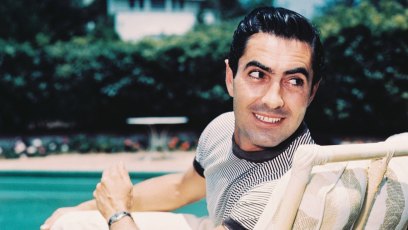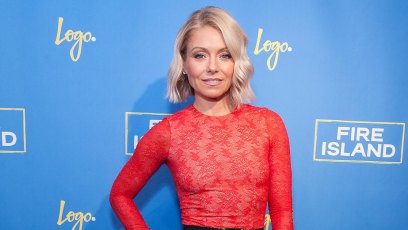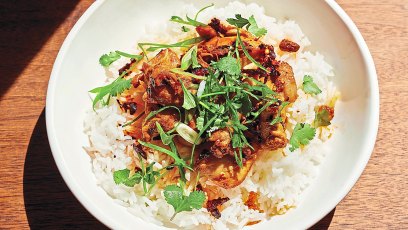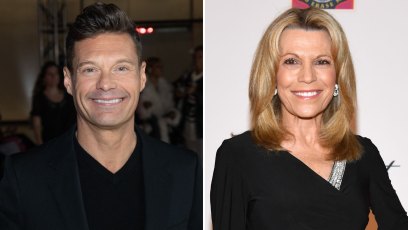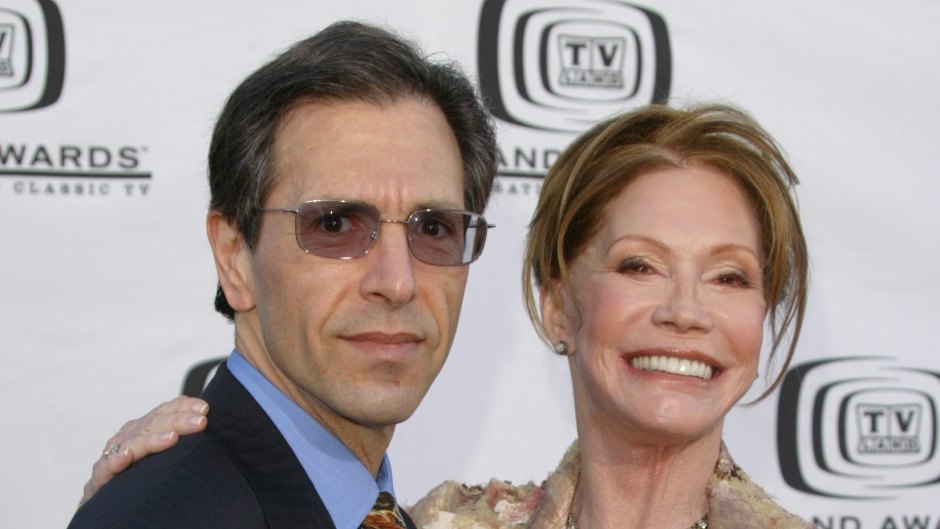
Jim Smeal/BEI/Shutterstock
Inside Mary Tyler Moore’s Marriage to Robert Levine: ‘He Treated Her as a Woman He Respected’
Robert Redford recalls observing Mary Tyler Moore alone on a Malibu beach on a cold, windy winter morning. “I saw this lonely figure all wrapped up and walking slowly,” he said. “The figure looked sad.”
For a time, Mary seemed to have it all. For seven seasons, she “turned the world on with her smile” as Mary Richards on The Mary Tyler Moore Show. Despite her success, the unguarded moment on the beach gave Redford a hint of the darkness that haunted the actress. “The sadness hit me and stuck with me when I began casting [Ordinary People],” he said.
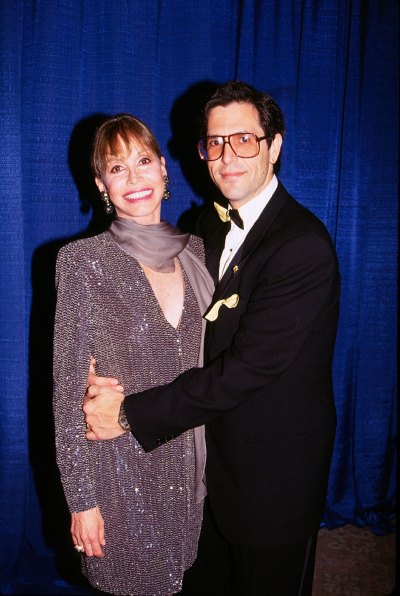
Plucky career woman Mary Richards has inspired millions, but Mary’s real-life story is even more worthy of admiration. A new documentary, Being Mary Tyler Moore, which debuts May 26 on HBO Max, shares the actress’ remarkable life with interviews, clips and never-before-seen home movies.
“I was blown away that Mary was willing to be as vulnerable as she was about the trauma, the tragedies, the pain and the sorrows she experienced,” James Adolphus, the documentary’s director, tells Closer. “With this film, I think the audience is getting as close to the real Mary Tyler Moore as anyone can get without befriending her in real life.”
In her 1995 memoir, After All, Mary admitted that both her parents were alcoholics behind closed doors. When Mary was 6, a family friend molested her, but her mother didn’t believe her. “My mother, by her denial, had abused me. My mother had abused me far more than her friend,” she wrote. Mary, the eldest of three siblings, moved in with an aunt when she was still a child and only saw her parents on holidays.
At 18, she wed Richard Meeker, a salesman, and had her son, Richie, a year later in 1956. “For the first [few years] of his life, I think she was a very doting, present mother,” says Adolphus.
In 1961, Mary joined The Dick Van Dyke Show as adorable, capri-pants-wearing Laura Petrie. The long hours wore at Mary’s marriage and didn’t allow her to be the kind of mom she wanted to be. She never stopped feeling guilty. “By the time Richie was 5, I had already let him down,” Mary wrote. She and Richard divorced in 1962.
Mary and her second husband, Grant Tinker, a TV executive she wed in 1962, would build an empire together. Although well-matched in their career drive, they were not always emotionally in tune. The couple rarely argued, but the silence between them could be deafening. Mary’s drinking also increased. “On more than one occasion, I played Russian roulette with my car. What’s more, some unwary, innocent people played with me,” she confessed.
Playing Mary Richards, the woman who could take on the world, made the actress sometimes feel like an impostor. “As much as I loved what I was doing, the doing of it terrified me,” Mary confessed. “I was excelling at something that fed my self-doubts rather than eased them.”
By 1980, Mary was done with the show and living alone for the first time in her life in New York City. “I had never experienced any of the situations around which The Mary Tyler Moore Show had been based — an independent woman carving out a career, finding her way in a strange city, making new friends, doing exactly what I wanted. ALONE! So what if I was now 43 years old?” she wrote.
Her new life was shattered when she received an early morning call that her son, Richie, was dead. A gun enthusiast, the 24-year-old had been idly holding a weapon when it went off. “I haven’t had too many punches in my life,’’ Mary said. “[But] I’ve had some horrendous ones, some isolated biggies.”
Shortly before addressing her drinking problem at the Betty Ford Center in 1984, Mary met Robert Levine, a physician who didn’t watch much television. “Robert came into her life not knowing who she was,” says Adolphus, who worked closely with Mary’s last husband on the documentary. “Robert didn’t treat her as a star. He treated her as a woman who he respected, not for what she had done in the world but for who she was to him. Who doesn’t want to be loved for who you simply are?”
Finding true love didn’t make Mary’s heartaches all go away — she continued to struggle with the diabetes that had first been detected in her 30s — but it gave her a sounder footing and the courage to try to really change the world for the better.
Mary wrote a book about living with diabetes and used her fame to raise money and awareness of juvenile diabetes. A longtime vegetarian, she spoke up for the ASPCA and other animal welfare charities. “She was never really able to embody the spirit of Mary Richards until she was older,” explains Adolphus.
Mary passed away in 2017 at age 80. “It has been a wonderful life. There are very few things I would go back and do differently,” Mary said. “You can’t be brave if you’ve only had wonderful things happen to you.”










